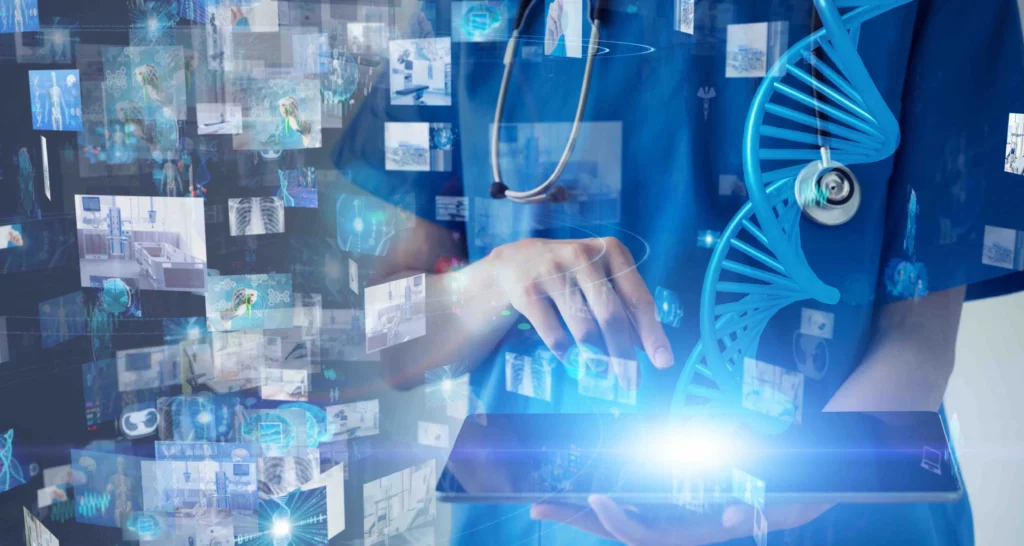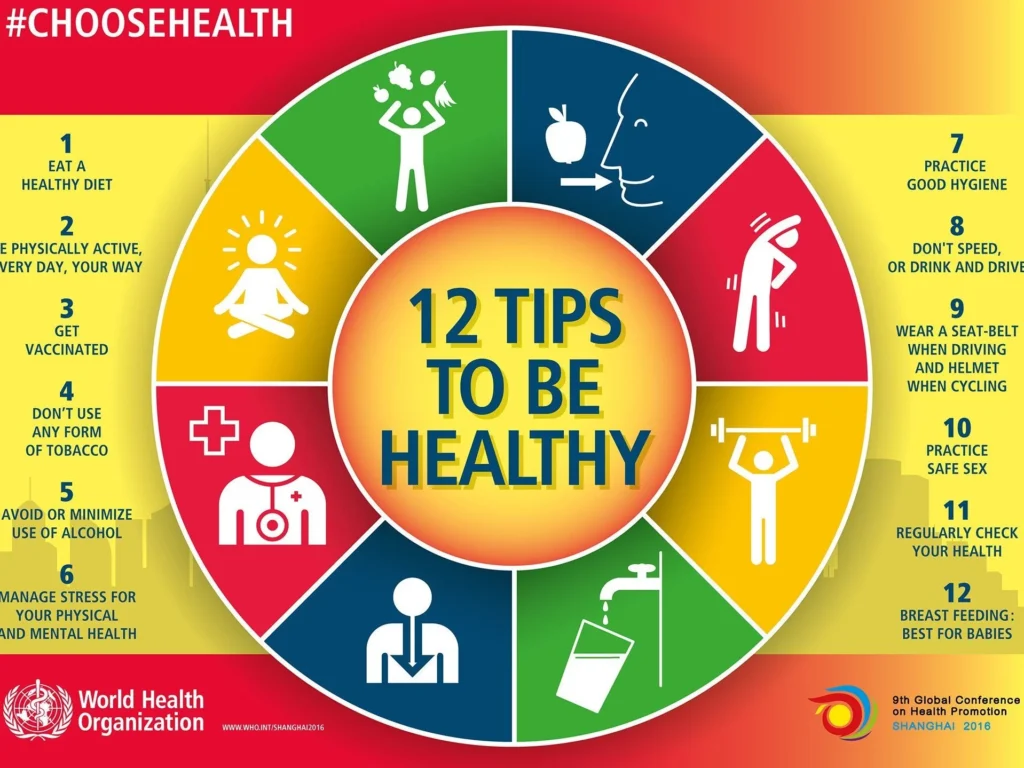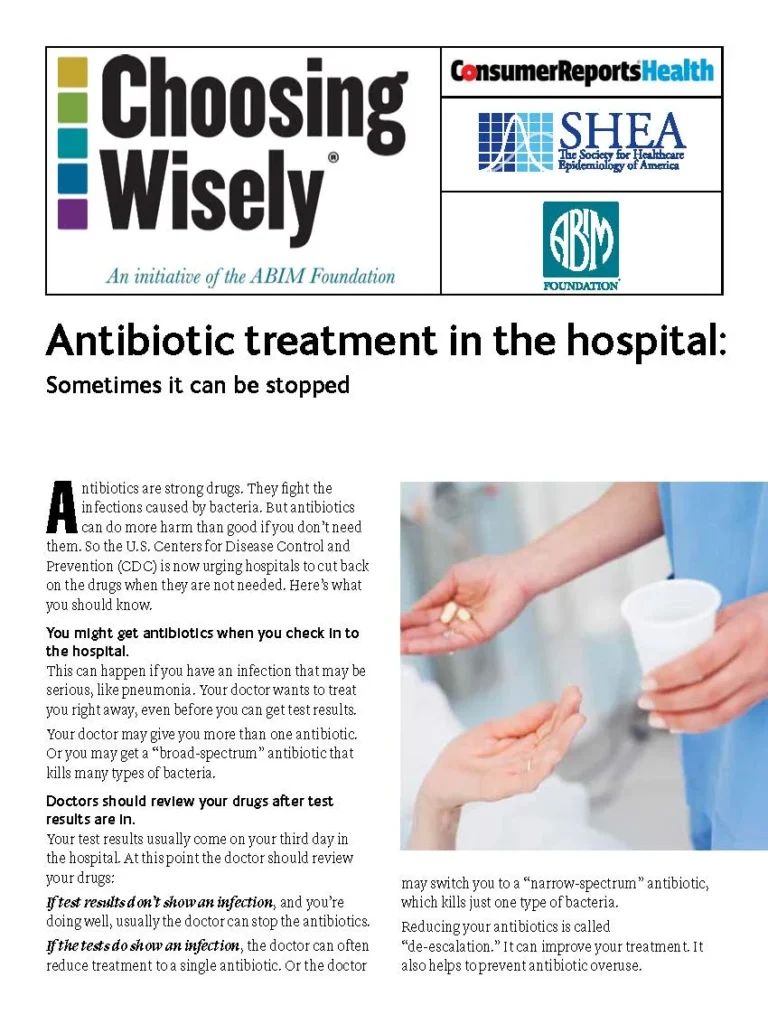The Role Of Technology In Modern Healthcare: Innovations And Impacts
Technology has played a crucial role in transforming modern healthcare, bringing about numerous innovations and impacts. From electronic health records to telemedicine and robotic surgery, technology has revolutionized the way healthcare is delivered and managed. These advancements have not only improved patient care and outcomes but also increased efficiency and productivity within the healthcare industry. With the continuous development of new technologies, the potential for further advancements in healthcare is limitless.
In the realm of modern healthcare, the integration of technology has been a game-changer, with its wide-ranging impacts on patient care, medical research, and healthcare administration. The use of artificial intelligence in diagnostic imaging, the development of wearable health monitoring devices, and the implementation of virtual reality in medical training are just a few examples of how technology is reshaping the healthcare landscape. These innovations are not only enhancing the quality of care but also empowering patients to take more control of their health. As technology continues to evolve, its influence on modern healthcare will undoubtedly continue to expand, shaping the future of medicine in unprecedented ways.
The Impact of Telemedicine on Healthcare
Telemedicine has revolutionized the way healthcare is delivered by allowing patients to consult with healthcare providers remotely. This has been particularly beneficial for individuals in rural or remote areas, as well as those with limited mobility. Through telemedicine, patients can receive expert medical advice, diagnosis, and even treatment without having to travel long distances to see a specialist. This has not only improved access to healthcare for many, but also reduced the burden on traditional healthcare facilities.
Furthermore, telemedicine has played a crucial role in managing the COVID-19 pandemic by enabling the delivery of healthcare services while minimizing the risk of virus transmission. It has allowed for virtual triage, remote monitoring of patients, and the continuation of care for individuals with chronic conditions. As technology continues to advance, telemedicine is expected to become an even more integral part of modern healthcare, providing efficient and convenient access to medical care for patients worldwide.
Advancements in Medical Imaging Technology
The development of advanced medical imaging technologies such as MRI, CT scans, and ultrasound has significantly improved the diagnosis and treatment of various medical conditions. These technologies allow healthcare providers to obtain detailed, high-resolution images of the body’s internal structures, enabling them to accurately identify abnormalities and plan appropriate interventions. Additionally, the integration of artificial intelligence (AI) in medical imaging has further enhanced the speed and accuracy of diagnosis, leading to better patient outcomes.
Moreover, the miniaturization and portability of imaging devices have made it possible to bring these technologies to the point of care, allowing for real-time imaging in emergency situations or in remote settings. This has proven to be invaluable in delivering timely and effective care to patients. As medical imaging technology continues to advance, it is expected to play an increasingly vital role in early disease detection and personalized treatment planning.
The Role of Wearable Devices in Healthcare Monitoring
Wearable devices, such as fitness trackers and smartwatches, have become ubiquitous in modern society, and their integration into healthcare has transformed the way individuals monitor their health. These devices can track various health metrics, such as heart rate, activity levels, and sleep patterns, providing users with valuable insights into their overall well-being. Additionally, wearable devices have empowered individuals to take a proactive approach to their health by encouraging physical activity and healthy lifestyle choices.
From a healthcare provider’s standpoint, wearable devices have opened up new opportunities for remote patient monitoring and the management of chronic conditions. By continuously collecting and transmitting patient data, healthcare professionals can gain a deeper understanding of a patient’s health status and intervene proactively when necessary. The use of wearable devices in healthcare has the potential to improve patient outcomes, reduce hospitalizations, and lower overall healthcare costs.
Robotics and Automation in Surgical Procedures
The integration of robotics and automation in surgical procedures has led to significant advancements in the field of healthcare. Robotic-assisted surgery allows for greater precision, control, and flexibility during complex surgical interventions, ultimately leading to improved surgical outcomes and reduced recovery times for patients. Surgeons can perform minimally invasive procedures with enhanced dexterity and visualization, leading to smaller incisions, less trauma to the body, and faster healing.
Furthermore, the use of robotic systems in surgery has expanded the capabilities of healthcare providers, allowing them to tackle intricate procedures that may have been challenging or impossible with traditional surgical techniques. As robotics and automation continue to evolve, the potential for remote surgery and telesurgery is on the horizon, promising to bring specialized surgical expertise to underserved areas and regions with limited access to surgical care.
Personalized Medicine and Genomic Technologies
The emergence of personalized medicine, fueled by advances in genomic technologies, has transformed the approach to healthcare by tailoring medical treatment and interventions to individual patients. Genomic testing allows for the analysis of a patient’s genetic makeup, providing insights into their susceptibility to certain diseases, their response to medications, and potential treatment options. This personalized approach enables healthcare providers to deliver more precise and effective care while minimizing adverse effects.
Moreover, genomic technologies have paved the way for groundbreaking research in the understanding of complex diseases and the development of targeted therapies. The ability to identify specific genetic mutations and biomarkers has led to the discovery of new treatment options, particularly in the field of oncology. As genomic technologies become more accessible and affordable, the integration of personalized medicine into clinical practice is expected to expand, offering new hope for patients with previously untreatable conditions.
Artificial Intelligence in Healthcare Decision-Making
The integration of artificial intelligence (AI) in healthcare decision-making has revolutionized the analysis of medical data, the prediction of disease outcomes, and the optimization of treatment plans. AI algorithms can process vast amounts of patient information, including clinical records, imaging studies, and laboratory results, to identify patterns and trends that may not be readily apparent to human practitioners. This has the potential to streamline diagnosis, improve treatment efficacy, and reduce medical errors.
Furthermore, AI-powered decision support systems can assist healthcare providers in making evidence-based decisions, providing recommendations for personalized treatment strategies and preventive interventions. This collaborative approach between AI and healthcare professionals has the potential to enhance the quality of care, improve patient safety, and ultimately save lives. As AI continues to evolve, its role in healthcare decision-making is expected to expand, offering innovative solutions to complex medical challenges.
Enhanced Data Security and Privacy in Healthcare
The increased digitization of healthcare data has raised concerns about the security and privacy of sensitive patient information. In response to these challenges, there has been a concerted effort to enhance data security measures and safeguard the confidentiality of patient records. Advanced encryption techniques, secure data storage solutions, and strict access controls are being implemented to protect against data breaches and unauthorized access.
Additionally, the implementation of robust data privacy regulations, such as the Health Insurance Portability and Accountability Act (HIPAA) in the United States, has set standards for the lawful use and disclosure of protected health information. Compliance with these regulations is essential for healthcare organizations and technology providers to ensure the ethical handling of patient data. As technology continues to advance, the development of secure and privacy-preserving solutions is crucial to maintaining the trust and integrity of the healthcare system.
Remote Monitoring and Management of Chronic Conditions
Technology has enabled the remote monitoring and management of chronic conditions, allowing patients to receive continuous care and support outside of traditional healthcare settings. Through the use of connected devices and mobile applications, individuals with chronic illnesses, such as diabetes, hypertension, and heart disease, can track their vital signs, medication adherence, and symptoms from the comfort of their homes. This real-time data can be transmitted to healthcare providers, enabling proactive interventions and personalized care plans.
Remote monitoring has proven to be particularly valuable for elderly patients and those with mobility limitations, as it reduces the need for frequent in-person visits and promotes independence. It also allows for early detection of potential health complications, leading to timely interventions and improved disease management. The integration of remote monitoring technology has the potential to alleviate the burden on healthcare systems and improve the quality of life for individuals living with chronic conditions.
Innovations in Drug Delivery Systems
The development of innovative drug delivery systems has transformed the administration of medications, providing more effective and patient-friendly options for treatment. From advanced inhalers and transdermal patches to implantable devices and targeted drug delivery systems, these innovations offer precise dosing, sustained release, and improved bioavailability of medications. This not only enhances treatment efficacy but also improves patient compliance and convenience.
Furthermore, the integration of smart drug delivery technologies, such as ingestible sensors and connected devices, allows for real-time monitoring of medication adherence and physiological responses. This personalized approach to drug delivery enables healthcare providers to optimize treatment regimens and tailor interventions to individual patient needs. As research and development in drug delivery systems continue to progress, the potential for novel therapies and improved patient outcomes is on the horizon.
The Role of Health Information Technology in Streamlining Operations
Health information technology (HIT) has played a pivotal role in streamlining healthcare operations, improving administrative efficiency, and enhancing the quality of patient care. Electronic health records (EHRs) have replaced paper-based documentation, enabling secure and centralized storage of patient information. This allows for seamless communication and information sharing among healthcare providers, leading to better care coordination and informed decision-making.
Moreover, the implementation of telehealth platforms, appointment scheduling systems, and digital communication tools has facilitated greater accessibility to healthcare services and improved patient engagement. The automation of administrative tasks, such as billing and claims processing, has reduced the administrative burden on healthcare facilities, allowing staff to focus more on patient care. As health information technology continues to evolve, its potential to optimize healthcare delivery and improve patient outcomes remains substantial.
| Technology | Innovation | Impact |
|---|---|---|
| Electronic Health Records (EHR) | Centralized digital records that can be accessed by healthcare providers | Improves coordination of care and reduces medical errors |
| Telemedicine | Remote healthcare services through video conferencing and telecommunication | Increases access to healthcare, especially in rural areas |
| Medical Imaging | Advanced imaging techniques such as MRI, CT scans, and ultrasounds | Enhances diagnosis and treatment planning |
| Robot-Assisted Surgery | Surgeries performed with the assistance of robotic technology | Precision and minimally invasive procedures |
conclusıon
The role of technology in modern healthcare is characterized by a range of innovative tools and approaches that have significantly impacted the industry. From electronic health records and telemedicine to advanced medical imaging and robot-assisted surgery, these technological advancements have improved patient care, enhanced access to healthcare services, and revolutionized medical practices.




